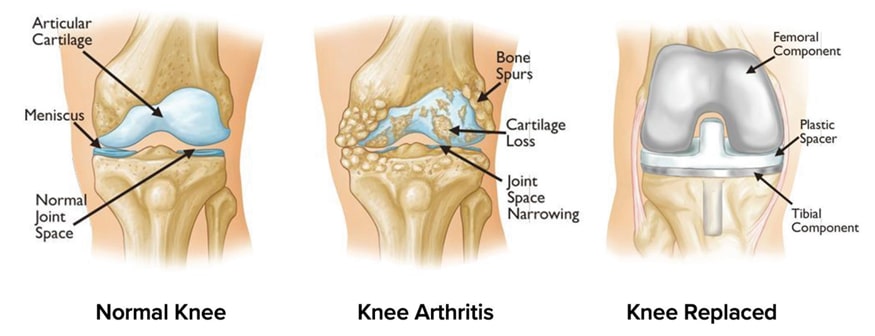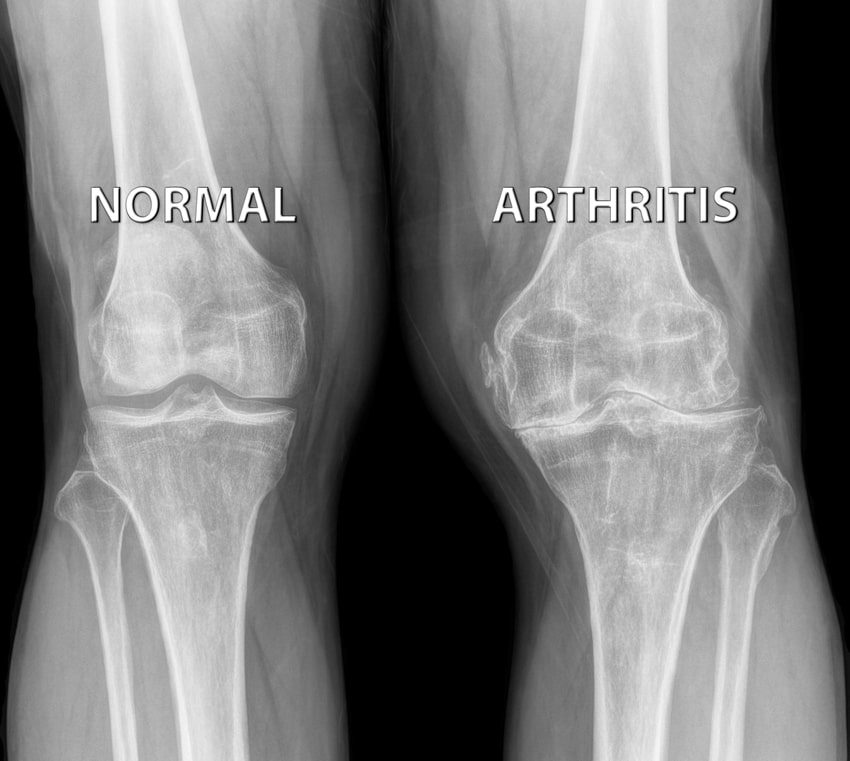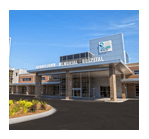Total Knee Replacement Surgeon in Georgetown, Murrells Inlet, SC.
A total knee replacement is a surgery to replace diseased or damaged knee joint with an artificial knee joint made of materials, such as metal or plastics. Christian J. Eccles, M.D. provides diagnosis and individualized non-operative and operative treatment plans in Georgetown, Murrells Inlet, SC. Christian J. Eccles, M.D. also provides highly specialized care during and after surgery. Contact Christian J. Eccles, M.D.’s office for an appointment today!
What is a Total Knee Replacement?
Total knee replacement, also called total knee arthroplasty, is a surgical procedure in which the worn out or damaged surfaces of the knee joint are removed and replaced with an artificial prosthesis. The main indication for total knee replacement is arthritis.
Arthritis is the inflammation of joints, which results in pain, swelling, stiffness and limited movement. Knee arthritis is a common cause of chronic knee pain and disability.

Symptoms of Knee Arthritis
The knee is made up of the femur (thighbone), tibia (shinbone) and patella (kneecap). The two menisci, the soft cartilage between the femur and tibia, serve as a cushion and help absorb shock during motion. Arthritis (inflammation of the joints), injury or other diseases of the joint can damage this protective layer, causing extreme pain and difficulty in performing daily activities. In an arthritic knee, the cartilage itself becomes thinner or completely absent. In addition, the bones become thicker around the edges of the joint and may form bony spurs. These factors can cause pain and restrict the range of motion in the joint.
Diagnosis of Knee Arthritis
Diagnosis is made by evaluating your medical history, performing a physical examination, and taking X-rays of the painful joint.

Indications for Total Knee Replacement
Total knee replacement surgery is commonly indicated for severe osteoarthritis of the knee. Osteoarthritis is a type of arthritis. It is the most common form of knee arthritis in which the joint cartilage gradually wears away, and often affects the elderly. You may be a candidate for a total knee replacement if you have:
- Failure to obtain pain relief from medications, steroid injections, physical therapy or other conservative treatments
- Severe knee pain that limits your daily activities (such as walking, getting up from a chair or climbing stairs)
- Moderate-to-severe pain that occurs during rest or awakens you at night
- Chronic knee inflammation and swelling that is not relieved with rest or medications
- A bow-legged or knock-knee deformity
Total Knee Replacement Procedure

The goal of total knee replacement surgery is to relieve pain and restore the alignment and function of your knee.
- The surgery is performed under spinal or general anesthesia. Dr. Eccles will make an incision in the skin over the affected knee to expose the knee joint. Then, the damaged portions of the femur bone are cut at appropriate angles using specialized jigs, computer navigation, or with the help of a robot. The femoral component is attached to and caps the end of the thigh bone.
- Dr. Eccles will also cut the damaged area of the tibia (shinbone) and remove the arthritis. This removes the deformed part of the bone and any bony growths, as well as creates a flat surface on which the implants can be attached. Next, the tibial component is secured to the end of the bone.
- The metal components are either cemented onto the bone ends or if appropriate bone quality exists, a “pressfit” or cementless technique can be utilized.
- Dr. Eccles will place a plastic piece between the implants to provide a smooth gliding surface for movement. This plastic insert will support the body’s weight and allow the femur to move over the tibia like your native knee articulates but without the arthritic pain.
- Sometimes, to make sure the patella (kneecap) glides smoothly over the new artificial knee, its rear surface is also prepared to receive a plastic component.
- With all the new components in place, the knee joint is tested through its range of motion. The entire joint is then irrigated and cleaned with a sterile solution. The incision is carefully closed and a sterile dressing is placed over the incision.
Postoperative Care Following Total Knee Replacement
Rehabilitation begins immediately following the surgery. A physical therapist will teach you specific exercises to strengthen your leg, restore knee movement, and get you up to walk around. You will walk with a walker as you get used to your new knee. Your physical therapist and Dr. Eccles will also provide you with a home exercise program to strengthen your thigh and calf muscles. Be patient, although you will be up and walking hours after the procedure, true recovery takes a year as it takes that long for your body to do the healing!

Risks and Complications of Total Knee Replacement
As with any major surgery, there are risks and complications. While the majority of complications are rare, the possible risks associated with total knee replacement surgery include:
- Knee stiffness
- Infection
- Blood clots (deep vein thrombosis)
- Nerve and blood vessel damage
- Ligament injuries
- Patella (kneecap) dislocation
- Plastic liner wearing out
- Loosening of the implant
If you would like to have additional information on knee treatments or would like to learn more about total knee replacement, please Contact Christian J. Eccles, M.D., serving the communities of Georgetown, Murrells Inlet, SC.


